
Therefore, special physiotherapy complexes were developed to improve blood circulation in the neck with cervical osteochondrosis. Performing it for 10-15 minutes daily can reduce or inhibit the likelihood of pathological changes.
Characteristics of cervical osteochondrosis

- Sedentary lifestyle, sedentary job.
- Being overweight or suddenly gaining weight.
- Improper and unbalanced diet leads to vitamin and trace element deficiencies.
- damage received.
- Congenital disease.
- Curvature of the spine.
- There are regular low temperatures in the neck area.
- Periodic headaches.
- Sudden dizziness for no apparent reason.
- Austerity.
- Decreased performance, difficulty concentrating, and inability to retain information.
- Sleep problems.
- Impaired sensitivity of upper limbs.
- Frustrated.
- High blood pressure surges.
- Periodic fainting.
Why do you need courses?

Even the safest morning exercises to treat neck and shoulder pain and dizziness, cervical spine pain during exacerbation of cervical osteochondrosis, should not be done at home.
Rules for conducting exercises
- First, see a doctor.
- When sleeping, choose a flat, hard, non-slip surface.
- Measure your cadence before, during and after your workout. Make sure the reading does not exceed 129 times per minute, reducing the load if necessary. This can be measured using a fitness band or by counting your pulse using a stopwatch.
- Everything should happen smoothly and slowly. Execution speed and range of motion gradually increase.
- To get results, it is important to maintain a regularity of at least 5 times a week.
- Incorrect sequence or excessive loading can cause injury. Therefore, the course of physical therapy is best determined by the attending physician.
Exercises for cervical osteochondrosis are gymnastics exercises that everyone can do. But this requires observing precautionary rules.
Top 10 Exercises for Treating Cervical Osteochondrosis
- Strengthens the spine and muscles of shoulders, arms, back and chest.
- Prevents spasms and eliminates existing spasms.
- Improve mobility and coordination.
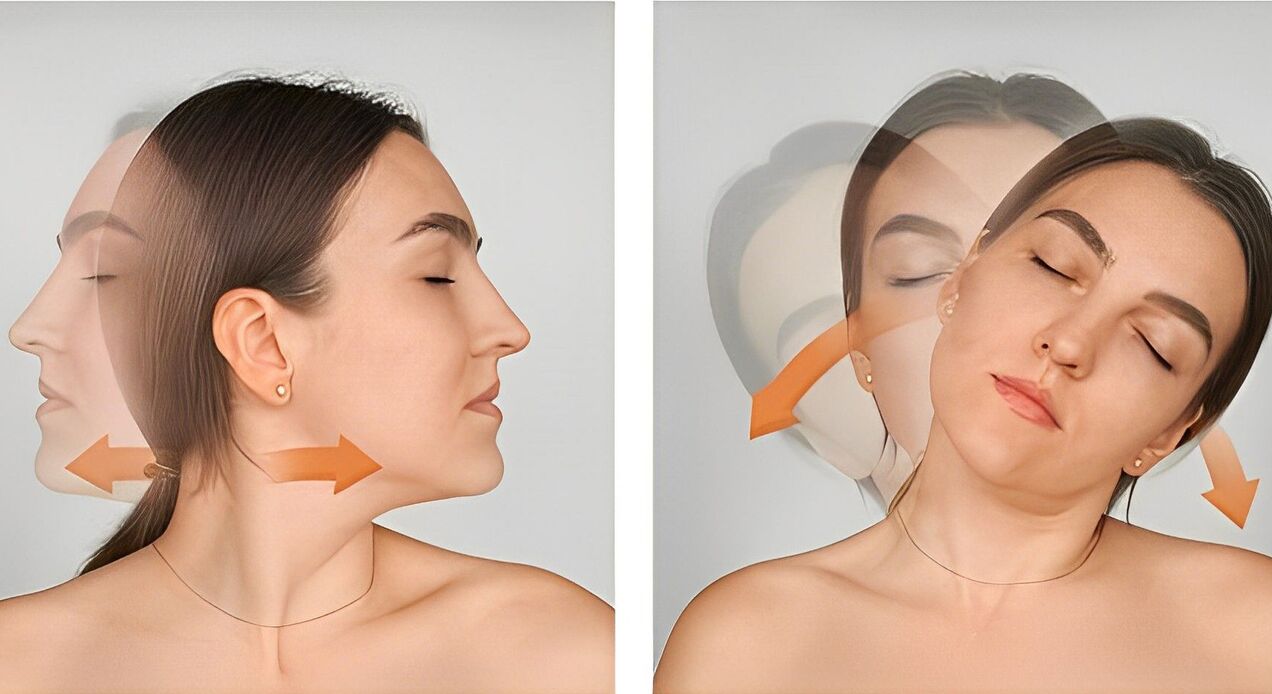
An important condition for the success of exercise therapy is the early warm-up part. If you do not perform this procedure, there is a risk of injury. It is enough to rotate your shoulders a few times, smoothly turn your head to the sides and raise your arms. Once the necessary muscles have warmed up, you can begin performing your main compound movements.
- Relax tired muscles.Stand with your hands free. Make your hands into fists and tense all the muscles in your arms. At the same time, lower your shoulders, straighten your back, and maintain tension. Hold for 30 seconds, then open your palms and relax. After 30 seconds, repeat the tense position.
- From any body position that is comfortable for you.Look directly. Then slowly tilt your head to the left. Try touching your ears to your shoulders without moving or raising your hands. Movements should be smooth and your muscles should feel stretched. Keep your head still for 10-15 seconds, then straighten your body and repeat to the right. As you move, focus on the feeling.
- Swing or turn your head.Choose a position that feels comfortable to you. Lower your head forward so that your chin touches the cavity next to the jugular vein. Pause for a second and feel the stretch in your back muscles. Then smoothly start moving to the right, reaching the shoulder area and freezing without lifting your chin away from the skin. Return to original position and repeat in opposite direction. Repeat 7-10 times in different directions.
- Shoulder lift.Warming up the shoulder straps plays an important role. Be in a relaxed state. Then lift your shoulders as high as possible at the same time, trying not to move them. Then lower your shoulders and move them back a little to relax. Repeat 5-10 times. Pay attention to your breathing while doing it.
- Movement in the opposite direction.The shoulders are initially completely relaxed. Then we tighten them slightly at the same time and move them forward. Then we take it back, straighten up, and try to bring the shoulder blades together. Freeze a little at the kidnapping point. Do it repeatedly.
- tilt.Straighten your back and straighten your shoulders. Lower your head gently. But you can't move your shoulders forward. Freeze for a moment and pick it up. Do 5-10 reps, always trying to lower your head lower. There shouldn't be any pain.
- Back and upper limbs.Can be performed in a seated or upright position. Straighten and open your arms, lower and relax your shoulders. Then tighten your back and squeeze your shoulder blades together. Move your arms forward slightly to relax. Do it 5-7 times, paying attention to the fact that the upper limbs themselves do not move. All movements are completed by the strength of the spinal muscles.
- The rotation of the brush.Open your arms and lower your shoulders as before. Bend your elbows upward and make your hands into fists. Keeping your elbows bent perpendicular to the ground, make fists with both hands and rotate them clockwise and counterclockwise 4 times. The main task at this time is to keep the hand position unchanged.
- turn around.We remain where we were before. Relax your upper body toward your elbows and use your elbows to make several rotational movements, first in one direction and then in the other. Place your hands at your sides. Do 5-7 sets - repeat.
- Shoulder rotation.Open your upper body and relax your shoulders. The shoulder joint then rotates forward 4-5 times and then backward. Relax and do it more often.
Therapeutic gymnastics for the shoulders and neck are included in the complete treatment of dizziness, headaches, suitable for men, women and the elderly. This is the best and most effective static warm-up of the vertebrae with cervical osteochondrosis at home, A professional trainer will tell you how to do it, but if your condition gets worse, it's best to give up.
Various course systems

static exercises
- Place your palms on your forehead.Tighten the muscle layers and try to apply pressure on your palms to move them and lean forward. At the same time, you need to tense your arms to resist. You need to spend 20-30 seconds in a tense state, then relax completely, and repeat again after 10-20 seconds.
- Place your hands behind your head and clasp them together first.Try to force your head back, resisting the movement with your hands. Hold tension for 15-30 seconds. Repeat 4-5 times.
- Keep your hands on it without releasing the lock.Now you need to apply direct pressure to the top of your head and actively resist the pressure, trying to seemingly pull your head up. The duration is the same as the previous course.
- Lock hands to base of skullAnd press, actively resist the pressure and try to lean back with your head.
Repeat each 3-4 times. It's important to monitor how you're feeling.
Dikul's exercises
- Place your right hand on your left ear.At the same time, raise your left hand and bend your elbow slightly to shoulder level. Use your main hand to press the auricle area and gently tilt your head. Repair takes 7-10 seconds. in this position. Then do the opposite.
- Raise your arms and clench your palms.Gently place them on the back of your head, applying gentle pressure and tilting your head. At the same time, arch your back. Hold this position for a few seconds, then slowly straighten.
- Place your elbows on the table and rest comfortably.Place your palms around your jaw. Tighten your neck and try to move your head slightly in different directions in this position.
- With your palms connected, press the occipital area.Use the strength of your neck muscles to overcome the resistance and try to throw your head back
According to Bubnovsky's exercise
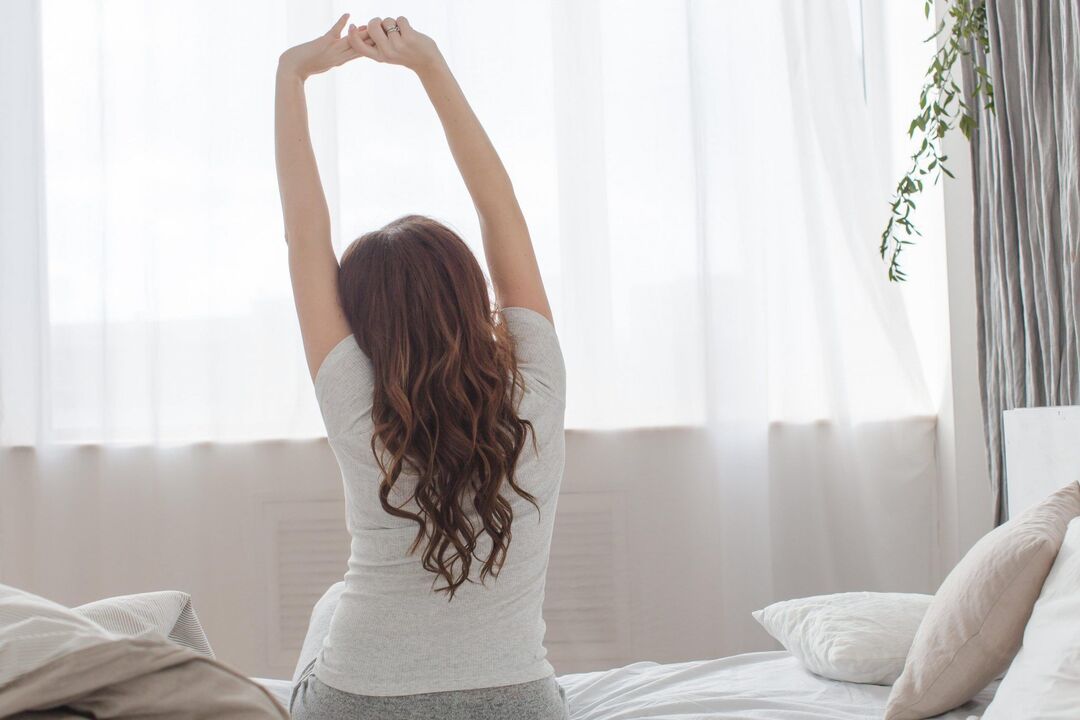
- Lower your head to your chest and relax.Then tighten the neck muscle area and extend the head end in front of you. At each extreme point of the movement, stop briefly.
- at the same locationExtend your lower jaw toward your armpits.
- Return to first position.Change the position of the end of your head to the right, then lean back and look at the ceiling. Slowly return to the starting position and repeat.
- Hold your hands together from above and look from the bottom up.Spread your arms to both sides, move your neck, and look at your left and right hands in turn.
- Stretch your arms upward, palms facing out.Make sure your chin is strictly parallel to the floor and moved slightly forward.
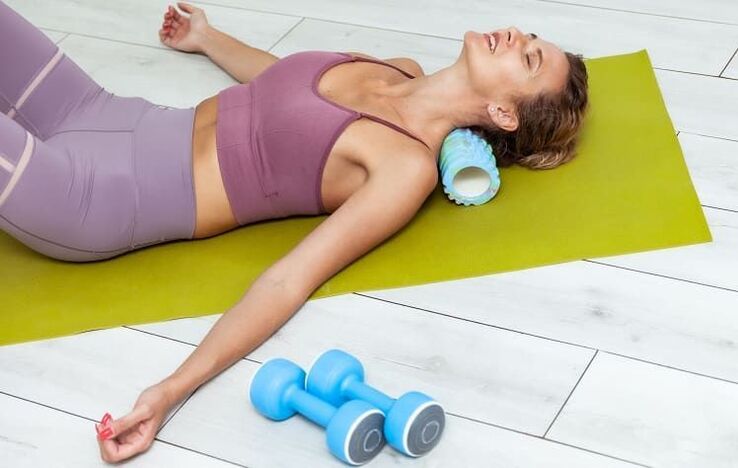
- Do push-ups on a chair.Place your palms on the seats of two chairs and extend your arms. We place our feet on the floor or raise our feet to a height below a chair, for example, on a sofa. We do push-ups smoothly and slowly. Sudden movements must be avoided.
- Assume a lying position with dumbbells in both hands.Inhale, lift, exhale, and slowly lower the head.
- We continue to do so without changing positions and equipment.Exhaling, we return to the front position, and on exhaling, we spread apart so that our palms do not touch the floor.
When training for the first time, if you have no such experience, you can do it 3-5 times. Gradually increase the number of repetitions, reaching fifteen at a time.
Contraindications

- If complications are discovered.
- The presence of other chronic conditions that have become acute.
- Infectious infection of the body by any type of parasite: virus, fungus, bacteria.
- In the exacerbation stage of osteochondrosis, complete a course of treatment.
- Inflammation of the neck.
- Consequences of neck muscle or skin injuries, abrasions, cuts, bruises, blows and falls.
- Onset of pathological deterioration of the cardiovascular system.
- Fever and viral illness cause body temperature to rise.
- Chronic or temporary fatigue.
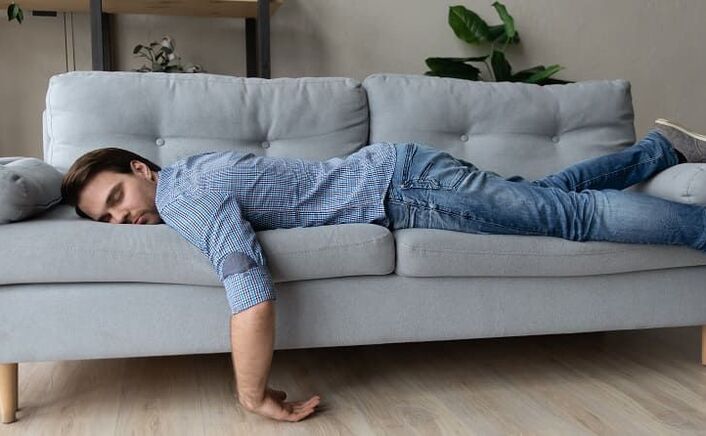
- Foreign objects from any source close to large containers.
- Presence of embolism, blood clot detected.
- The presence of bleeding of any intensity.
- Severe heart and blood vessel disease, especially during exacerbations.
- Atrioventricular block stage 2-3.
- cancer. malignant tumors.
- The electrocardiogram deteriorated significantly.
For the pain caused by cervical osteochondrosis, everyone's choice of full range of motion therapeutic actions for the neck and shoulders will be different; what actions should be taken during gymnastics and daily exercise should be decided by the attending physician. Only personalized selection can guarantee its effectiveness and safety.
How to improve classroom efficiency
- Exercise at least 5 times a week.Ideally, daily loads are needed to get consistently high results.
- For people with a sedentary lifestyle, a combination of exercises twice a day is necessary., spend a lot of time sitting in front of a computer or in static positions that strain your neck. These people belong to high-risk groups and should pay more attention to prevention.
- Training does not stop after the symptoms of the disease disappear.If you do not maintain a certain level of physical activity on a regular basis, osteochondrosis will relapse quickly.
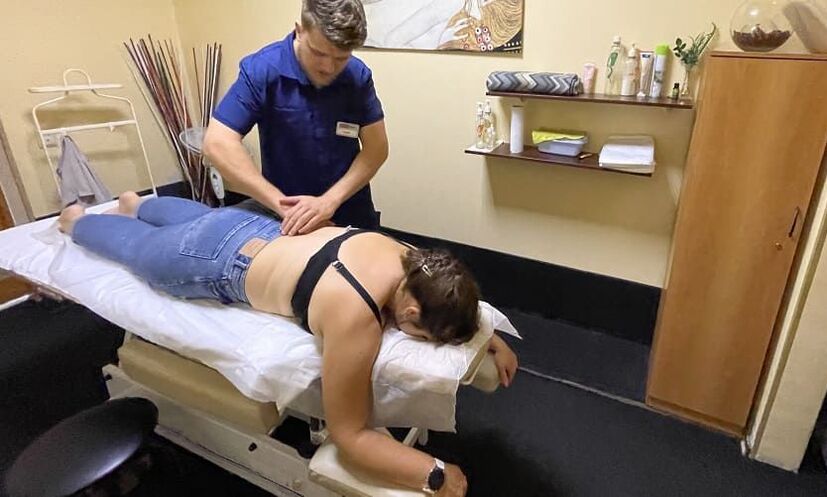
- Nutrition.Following a special diet can significantly slow the progression of osteochondrosis. In your daily diet, the amount of salt, spices, vinegar, fermented dairy products and curd containing artificial additives and dyes, and soda should be significantly reduced. Reduce the amount of alcohol you drink and quit smoking, as substances contained in alcohol or released during smoking can have an extremely negative impact on bone strength.
- Hot and cold shower– A tool that allows you to easily improve blood circulation and nutrition in certain areas. For maximum effect, it should be taken daily at the end of a drinking routine. The temperature should change within 1 minute (alternating between hot and cold water for 10-15 seconds). For best results, the water jet should be aimed directly at the neck and shoulders.
- massage– A great remedy to help relieve fatigue and prevent muscle cramps. It is recommended to receive a professional massage session for your neck, neckline and shoulders every six months. Also perform regular self-massage to relieve fatigue.
Exercise for the treatment of cervicobrachial osteochondrosis is one of the most important measures to maintain health and prevent the worsening and further development of the disease. Therefore, you should be prepared that morning therapy will always be with you.
prevention exercises
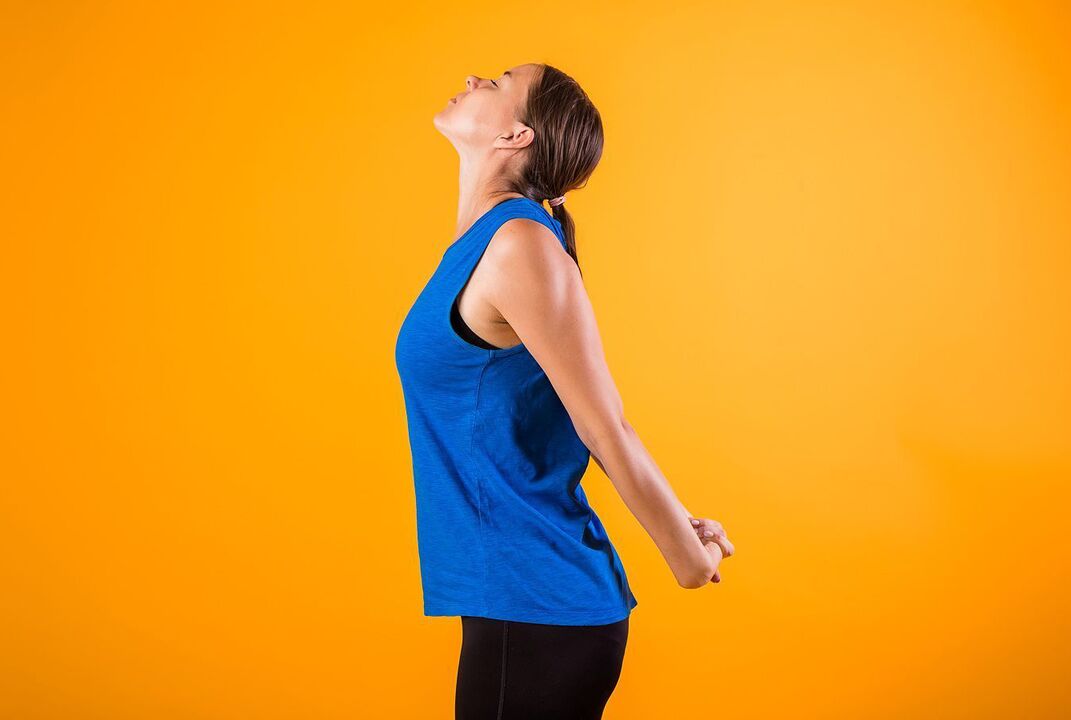
As a preventative exercise, you can do any exercise you like. Each move is worth doing 15-20 times throughout the day.
In preventive exercises, an important factor in success is correct loading. To keep your back healthy, consider your age and physical characteristics and avoid overexertion.























